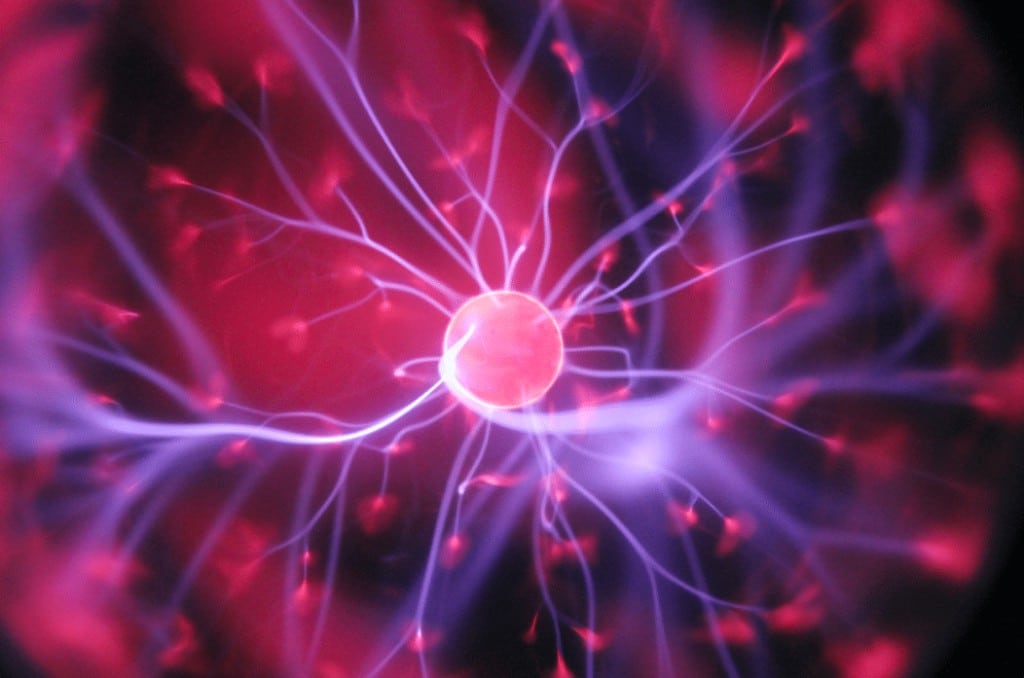Nothing sparks heated debates in the fitness industry faster than starvation diets. Some people swear by fasting and claim it helps them stay lean, while others believe it poses too many risks. You might have reservations about skipping meals yourself.
While reckless dieting compromises your overall health, strategic fasting supports many fascinating concepts, like autophagy. It’s a starvation-induced, self-preservation metabolic process that goes beyond weight loss. Understanding how to trigger autophagy could help stimulate cellular rejuvenation, prevent certain diseases, and reverse several signs of aging.
What Is the Importance of Autophagy?
Autophagy is a fasting-induced metabolic process that removes dysfunctional cellular components through autophagosomes. It’s critical to homeostasis. The body recycles damaged cells to produce energy and synthesize new cells during this process.
People often overlook autophagy because it’s an internal process. Most fitness buffs prefer flashy diet strategies that directly affect muscle development or weight loss. After all, autophagy neither burns fat nor builds muscle tissues.
While fostering cellular function seems boring at first, it actually promotes longevity through the following health benefits:
Anti-Pathogen Defense
Autophagy reduces your susceptibility to disease by expelling parasites, fungi, bacteria, and viruses, among other harmful pathogens. It stops them from damaging your tissue cells. Of course, some pathogens will still fall through the cracks, but impeding their proliferation improves your overall immune response.
The anti-pathogenic effects of autophagy heighten when paired with body detoxification and cleansing. Detoxifying superfoods and juices also help expel pathogens. You could even try water detoxification for a straightforward yet effective way to expunge harmful elements from your body.

Nonfunctional Cells Expulsion
Dysfunctional cells often go unnoticed because they’re invisible to the naked eye. Although microscopic, the buildup of these elements could cause tissue deterioration, excess inflammation, and, in more extreme cases, organ damage. What’s worse is that many go decades without properly cleansing their tissue cells.
Apart from taking immune system boosters, proactively trigger cellular rejuvenation through autophagy. It’s a simple, affordable way to control tissue cell activities. Other methods require expensive, high-end machines that artificially stimulate phagocytes, like serums or electromagnetic fields.
Cellular Component Recycling
Autophagy doesn’t just remove dead cells—it also corrects dysfunctional cells by selectively replacing their worn-out parts and recycling functioning elements. The process is a healthier, more holistic approach to cellular efficiency. Carelessly expunging various tissue cells does as much damage as accumulating dead ones.
Gerald Lombardo, the CEO at cauZmik, advises health enthusiasts to consult professionals who can assess their cell health. He says, “There are several ways to assess cell and tissue health. Take viability assay as an example. Guided assessment will help you determine the efficacy of your starvation-induced autophagy, plus what you can do to boost results.”
Reversed Cellular Aging
Experts believe that autophagy acts as a natural anti-aging cell rejuvenation process. It promotes tissue regeneration, combats age-related diseases, and reverses common signs of aging by maintaining excellent cell health. Remember: longevity occurs at a cellular level.
To maximize the anti-aging benefits of autophagy, you should also handle external stressors better. Excessive stress actually causes cell death. Start by letting go of trivial things as you age, practice guided meditation more often, and express your thoughts more often.
5 Data-Backed Ways to Induce Autophagy
Carelessly starving yourself yields negligible benefits. Follow these fasting tips to safely trigger autophagy without depleting your energy levels.
1. Undergoing Intermittent and Prolonged Fasting
The simplest way to trigger autophagy is fasting. The body will enter survival mode and look for alternative energy sources if it doesn’t receive enough calories. It’ll use glycogen stores, body fat, and, of course, cellular waste. Strategic fasting should enable you to trigger autophagy while maintaining a low body fat percentage with lean muscle mass.
Studies suggest that autophagy occurs after 24 to 48 hours of fasting. Unfortunately, most newbies can only go a few hours without food. You can gradually work toward prolonged fasting, but start with easier programs like the 5:2 diet. And stay energetic with healthy caffeine sources like Ganoderma coffee.
2. Following Ketogenic Diets
You can trigger autophagy by following a ketogenic diet. The idea is to increase your metabolic rate by consuming minimal carbohydrates and using healthy fats as energy sources. It’s a common weight loss diet, although professionals also prescribe it to heart, brain, and epileptic patients.
Just note that following a keto diet, or any dietary program, for too long might cause your metabolic rate to plateau. We suggest exploring other healthy, anti-aging diets every couple of months.
3. Entering Calorie Deficits
Newbies who have never tried dieting before should track calories before fasting. You might have trouble performing everyday tasks if you suddenly limit yourself to one meal daily. Yes, you’ll trigger autophagy, but you’ll also feel exhausted.
Start with low-calorie diets instead. You can still eat two to three meals as long as you stay within your calorie restrictions. Try getting used to operating in a deficit before fasting.
Tip: Stay full longer with low-carb, low-calorie whole foods that make you feel full, e.g., yoghurt, eggs, broccoli, and spinach.

4. Performing High-Intensity Endurance Exercises
High-intensity interval training (HIIT) induces energy depletion and physical stress could trigger autophagy. It already stimulates various cellular responses, after all. You’re maxing out different muscle groups simultaneously by performing short bursts of high-intensity exercises, e.g., sprints and shadowboxing.
5. Exposure to Cold Stress
Exposing the body to cold temperatures triggers various stress responses, including autophagy. There are several studies behind this practice. One widely accepted theory is that sudden cold exposure forces the body to enter survival mode and adapt to the temperature change.
Follow this practice by taking cold plunges every day. Start by submerging your entire body for 30 seconds, then gradually work up to three minutes. Just beware that staying too long puts you at risk of hypothermia.
Induce Autophagy to Improve Your Physical and Mental Well-Being
As with any fitness plan, starvation-induced autophagy has its pros and cons. Careful execution might help reverse aging signs and prevent specific illnesses, but you must consider the risks before fasting for extended periods. You should know how long your body can go without food. Also, slowly decrease your calorie consumption rather than drop a thousand calories right from the start.
If you’re still on the fence about starvation and autophagy, consider consulting the medical professionals at TheLifeCo. The company focuses on holistic health and wellness. Its trained specialists curate custom diet plans, fitness programs, and wellness routines that promote longevity.





